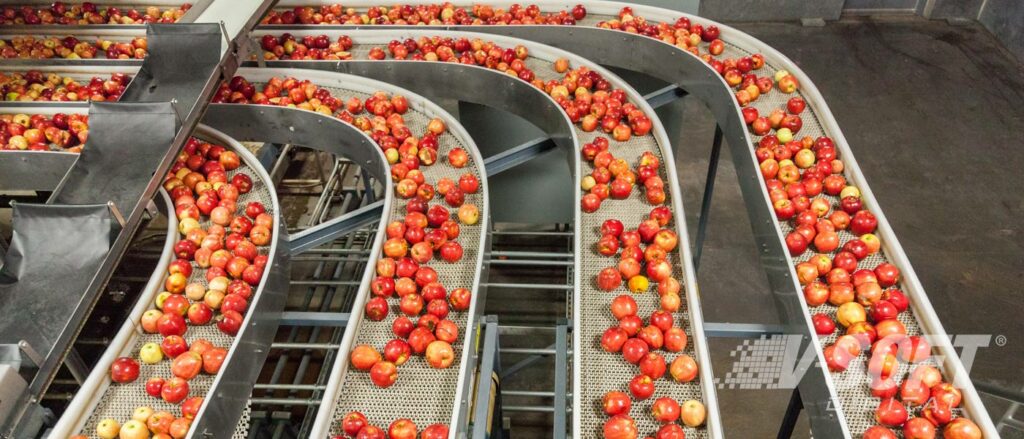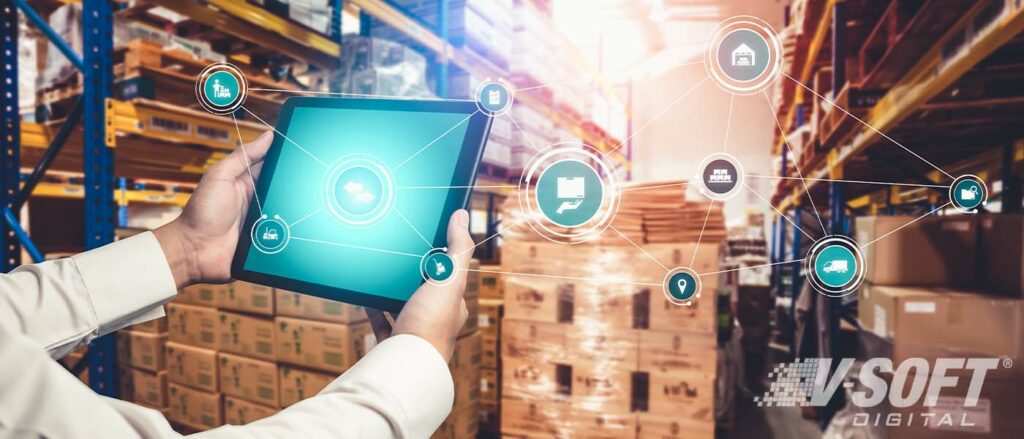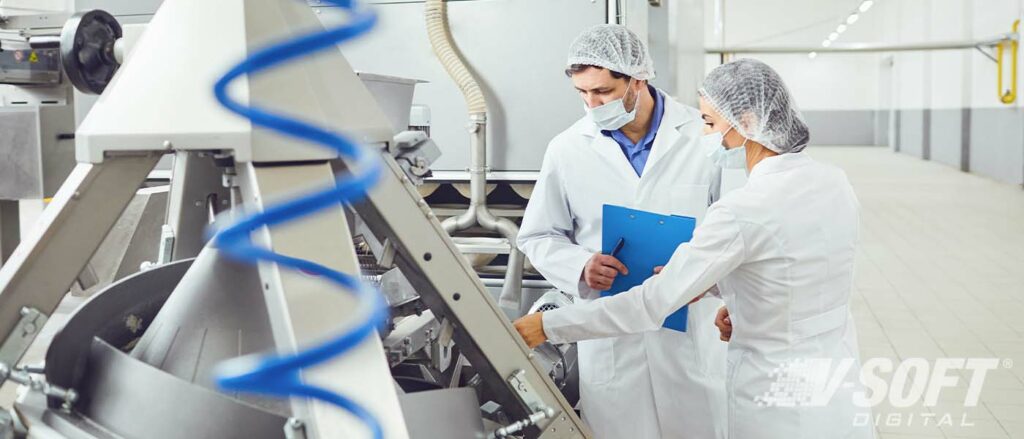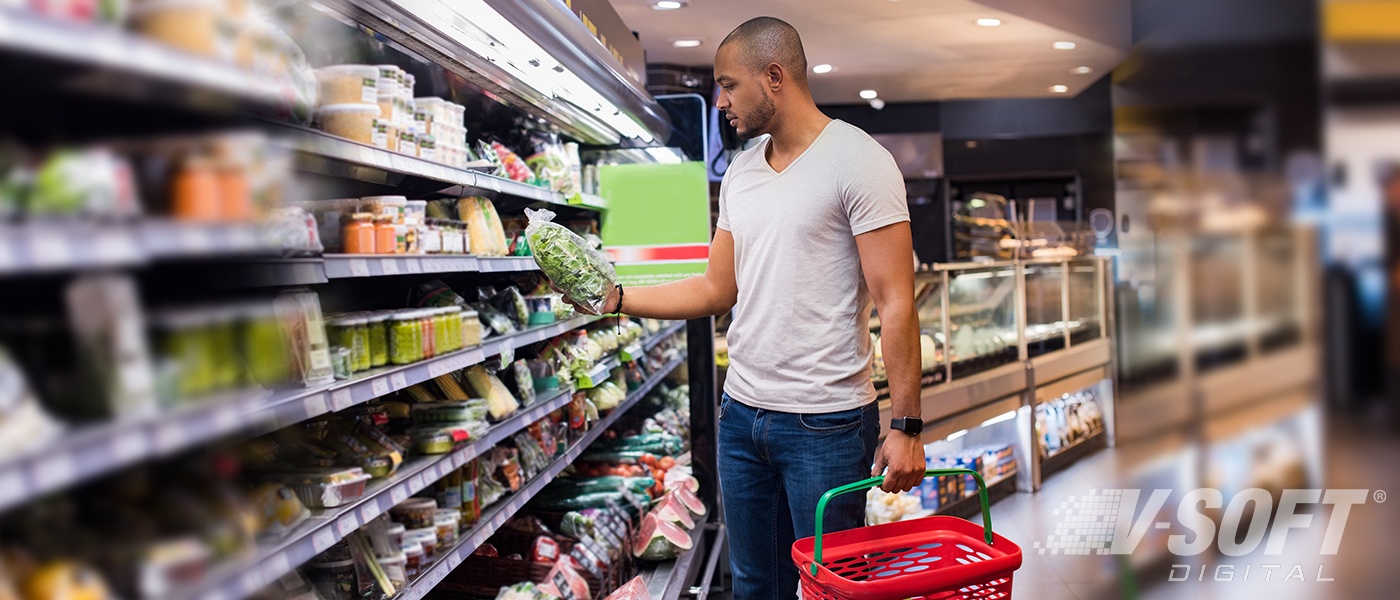Overcome Food Waste And Improve Food Safety With IoT
The food and beverage industry has made countless technological advancements to grow and evolve. Technology is a pillar of strength for most industries now; however, it is hard to understand why food waste has remained an issue for most in the industry. Food waste doesn’t just happen at the consumer level, but a substantial amount of food waste takes place during the production and transportation stage as well.
According to the United Nations, an estimated 17 percent of total global food production is wasted annually.
As new technologies continue to make supply chains more efficient, reducing food waste is the next challenge to tackle. Internet of Things (IoT) not only strengthens the food supply chain and makes it well-structured, it can also reduce food waste and improves food safety.
Why the Industry Needs IoT for Food Waste Reduction
One of the essential questions that arise before integrating a business with technology is what it has to offer and how it can help improve the efficiency of an enterprise. IoT can reduce food waste in manufacturing industries and support weak and unproductive processes, which is one of the main causes of food waste.
Food waste also leads to increased distribution and procurement costs, which means that both the supplier and end customer spend more on products. To overcome such issues, IoT technologies can address supply chain needs by providing a digital trail of all food manufacturing processes. IoT improves cost-saving opportunities and increases the rate at which food moves in the supply chain to reduce spoilage and fosters incremental improvements to the entire supply chain.
How IoT Reduces Food Waste and Improves Food Safety
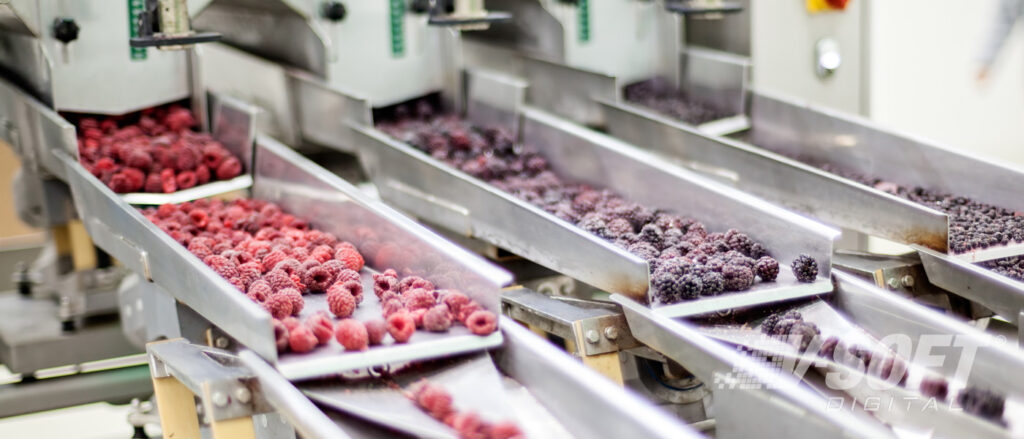
IoT helps manufacturers identify where food waste occurs by collecting and providing real-time data. This data offers insights that can later help stakeholders make critical operation decisions.
The Internet of Things can reduce food loss by 1%-4% while Food-sensing technologies such as IoT sensors can increase food safety, quality, and traceability to reduce food waste by 5%-7%.
World Economic Forum
IoT Sensors
An enormous amount of food is wasted during the manufacturing process as food undergoes various production stages, which involves heavy equipment and machinery. Food is also wasted during handling and storage. IoT offers solutions to reduce food waste by using multiple sensors and cameras spread across factories. These sensors collect essential data about food production in real-time to identify the causes of food waste.
IoT can fetch available details like the expiry date of different products, how much stock is left, which products are overstocked, and which are not, etc. IoT sensors also identify and categorize products based on how fast they rot so that distribution can be executed accordingly. All these features help increase supply chain traceability and identify the root cause of food waste.
Smart Organization
IoT is beneficial for the retail industry and efficiently organizing food products is a crucial step towards reducing food waste. Improper shelving, unorganized and scattered food products can affect the supply chain visibility. Adopting smart shelves equipped with sensors plays a vital role in tracking how food products are handled and stored. The sensors collect and provide real-time data, which help check whether the products are in good condition and tracks inventory. IoT-based sensors alert managers if problems arise so they can address the problems before food goes to waste.
Better Logistics
Using GPS systems and Radio Frequency Identification (RFID) transmitters makes it easy to store food products effectively. RFID chips provide visibility into the food supply chain and help automate the delivery and shipping processes. However, one significant reason companies consider RFID is because these transmitters monitor and control temperature. This ensures that no food spoils and ensures food products can get to retailers on time.
Food Quality Control
IoT is considered a reliable technology for controlling food quality and improving food safety. Using smart refrigerators and transportation containers in the manufacturing industries helps maintain the consistency of food product quality. IoT allows controlling food storage environments with these smart storages remotely. IoT Sensors can quickly detect any changes in the storage environment and promptly starts troubleshooting.
Improve Food Safety
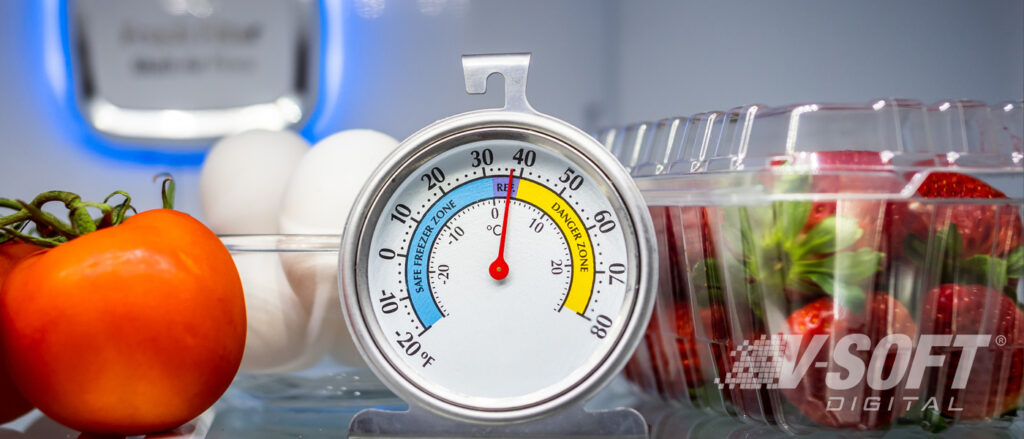
Many food and beverage manufacturing companies are harnessing IoT technology by adopting smart, innovative kitchens and restaurants. This helps them control and monitor the temperature and other conditions, which are vital for storing food products and maintaining product quality.
Predictive analytics powered by cloud technology and IoT-based smart sensors can detect infections in food before they are served. Apart from this, sensors can detect chemical and biochemical reactions during the manufacturing and transportation stages. This process enables easy identification and removal of pathogens to ensure the products are safe to consume.

